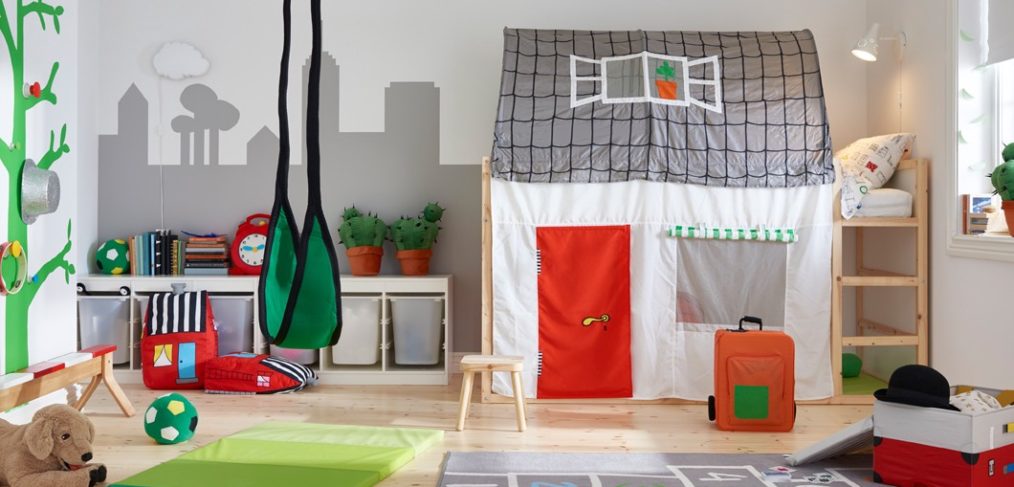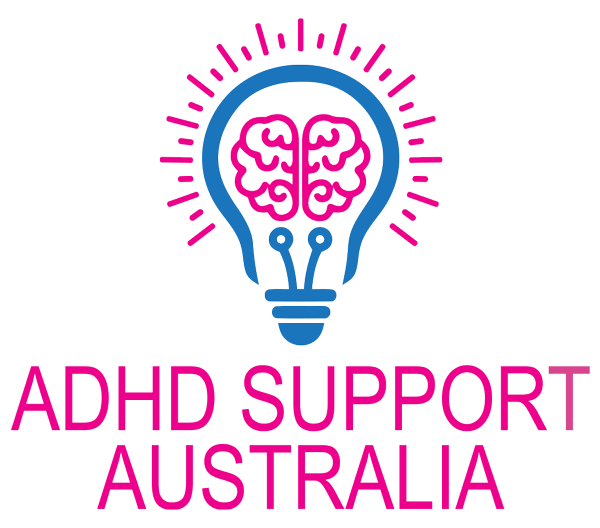
Setting up your home for a child with ADHD
Setting Up Your Home for a Child with ADHD
The Australian Department of Health estimates that about 355,000 children in Australia have ADHD. Families with ADHD understand how impactful a child’s environment can be to their development and ability to cope with their disorder. Taking certain organisational and systemic steps in the home can set you and your child up for long term success.
Getting Ready Routines
In a review of 50 years of psychological research, the Journal of Family Psychology showed that predictable routines lead to improved behavior and quality of life for all children. Daily routines like getting ready for school or bed can be challenging for children with ADHD and their families. The routines can be made smoother with some simple tools and above all else, consistency.
Set up the space for success by keeping things uncluttered and organized. Claim a space in the bathroom that will contain all the supplies needed for the child to get ready for school or bed and nothing else. Having her own space will increase focus and ownership of the routine. School outfits should be put in the same place everyday to be worn the next day and have a hamper available nearby to easily drop dirty clothes in during dressing.
A visual or written checklist hung in plain view is a great tool for keeping her on track while going through the routine. Every expected step should be included and followed up on so there is accountability. If a step is missed, take the time to complete it. This helps solidify the routine and the expectation you have of your child to complete it. For younger kids, consider linking a reward to the checklist for motivation.
Promoting Sleep in the Bedroom
Many children with ADHD have an associated sleep disorder such as bedtime anxiety, difficulty falling asleep, night wakings, sleep apnea, daytime sleepiness, and difficulty waking in the morning. In fact, CHADD (Children and Adults with Attention Deficit/Hyperactivity Disorder) reports that as many as 50% of children and 75% of adults with ADHD have sleep difficulties.
The bedroom of a child with ADHD should be set up for and used almost exclusively for rest and sleep. Ideally the room will be furnished simply and minimally with this goal in mind. The centre of attention should be a comfortable bed with a mattress that suits your child’s body and sleeping style. Mattress toppers, body pillows, and soft bedding can all contribute to a better night’s sleep.
The bedroom is not the space for work or play. Desks, gaming systems, televisions, toys, and the like are best kept in other areas of the home. These serve as distractions and as avenues to alertness which you want to avoid in the sleeping chamber.
Dedicated Work Space and School Staging Station
Many kids have a desk and computer in their bedrooms but as mentioned above, that set up can make it difficult for children with ADHD to get optimal sleep. Many families find that providing a dedicated space for school work works well. A small desk or table facing a bare wall with good lighting in a quiet part of the house is ideal. If you child needs to move while working, a stand up desk might be worth trying. With organizations like Stand Up Kids out of California, the benefits of having stand up desks in the classroom is becoming more widely known. Why not bring those benefits into your home environment to improve learning, reduce frustration, and increase engagement.
A school staging area should be created in a logical location easily accessible to your child. If you always leave through the front door, locate it near there, for example. All the supplies needed for school like sports gear, backpack, snow gear, gym clothes and the like can be placed there ready to go out the door in the morning. Undoubtedly you will need to remind your child to put things there, but over time and with consistency the habit will become second nature.
Play Area Organization
All families struggle with keeping play areas clean but it can be especially difficult in ADHD families. Elaine Taylor-Klaus, parent coach and cofounder of ImpactADHD says that people with ADHD organize by field of vision. If things are out of sight, they are truly out of mind. Those with ADHD tend to leave everything out where it can be seen and not forgotten. Further, the ADHD mind has trouble focusing on something mundane so often the motor activity of putting something away is avoided.
This means toys, homework, shoes, books, coats, etc are strewn about all over the house. Putting away toys and keeping the playroom tidy is a great opportunity for kids to learn how to clean up their own messes and it is an excellent space to explore more ADHD friendly storage solutions. Open shelves or clear storage containers work very well. Items can be seen and it removes part of the banality, increasing your child’s ability to successfully put things back in order.
Opportunities in Every Room
There are areas in the home that are shared by everyone and others that are private. Although you may not feel it necessary to organize your bedroom with your child’s ADHD in mind, it’s important to remember that there are opportunities to improve daily life or make it more challenging in every room of the house. Depending on your child’s age, he may not cook in the kitchen but it can be organized in a way that reduces anxiety and promotes his well being and development.
Fresh fruits and veggies ready for snacking, accessible trash and recycling bins, and established rules around helping yourself foster independence and responsibility. A designated space to place shoes when you come indoors, hooks near the door to hang coats, and the consistent enforcement of hanging coats or putting shoes in the basket keeps entryways uncluttered. Even having designated places to put throws and remote controls can make the living room more liveable for all.
Setting up your house for your child’s success takes time and planning. Consistently adhering to the systems and routines takes significantly more but the effort is well worth the long term result: a neater, calmer, environment for the entire family.
The author, Jane Meeks, is an ex-SEN teacher turned freelance writer.
